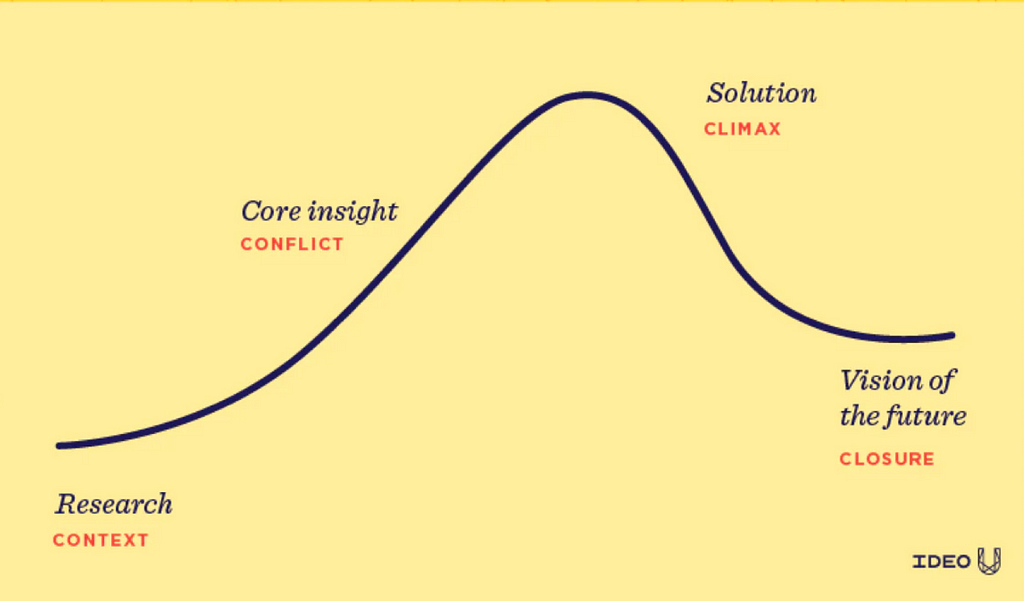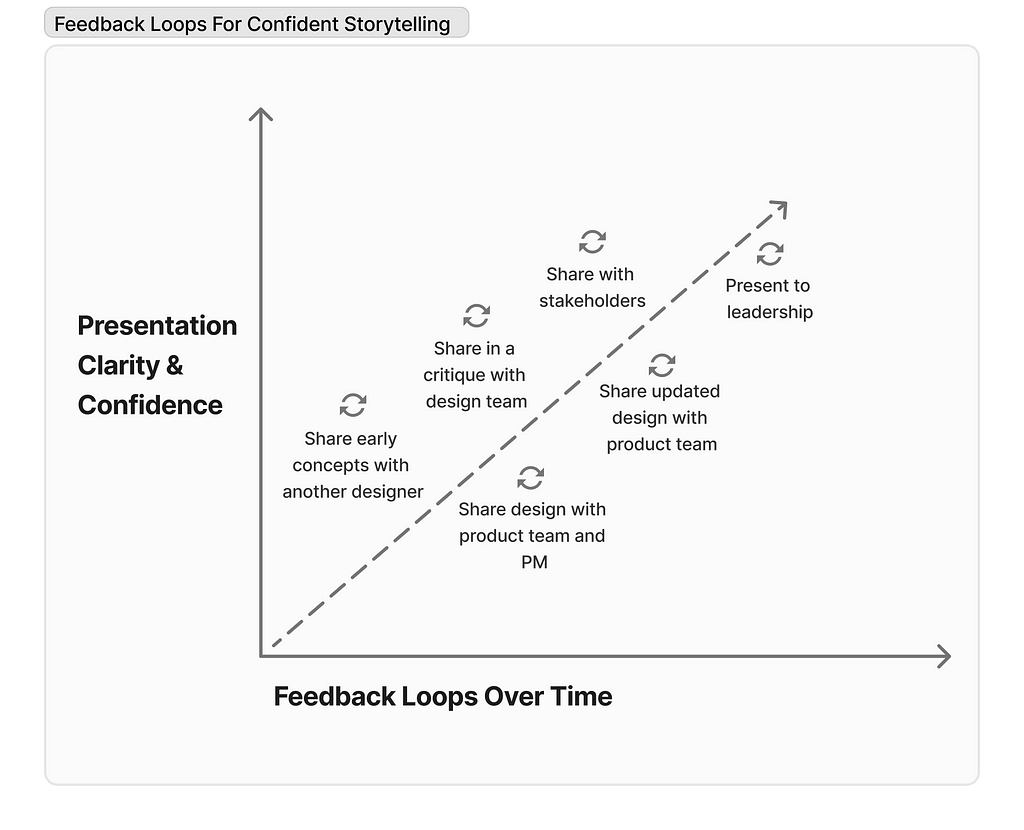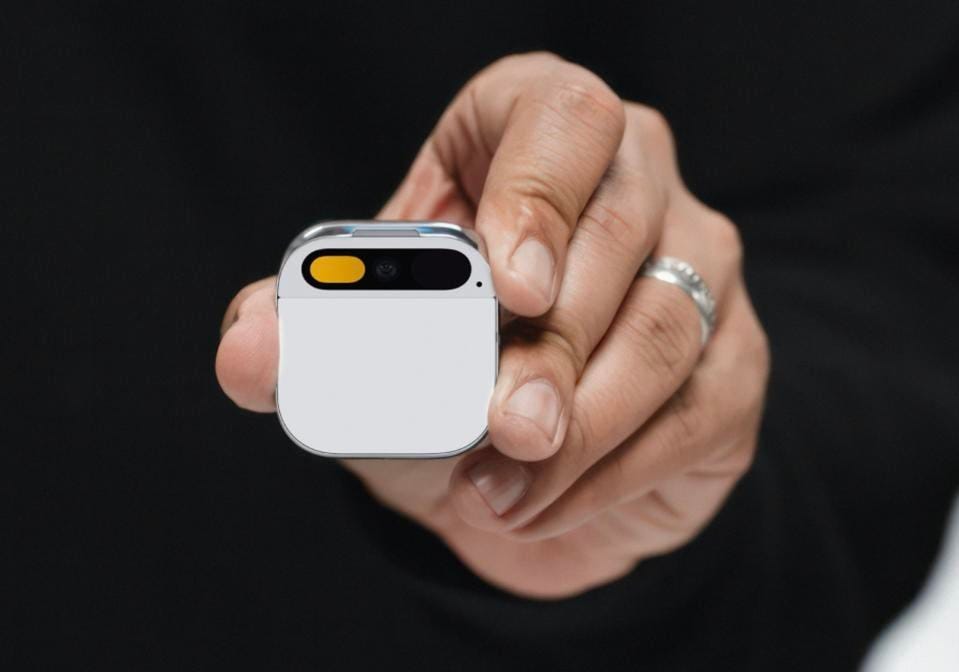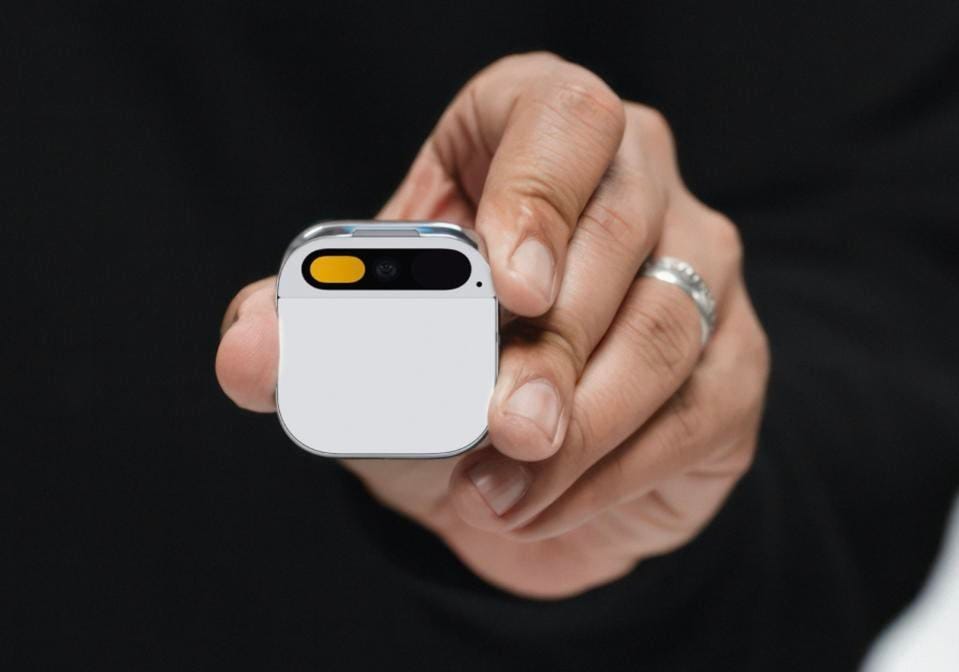When modern gadgets don’t solve problems and create more instead
Improving UX presentations through an intentional structure and process

A couple of years ago, I was sharing some design work in a product demo when I suddenly couldn’t find my words. I was in the middle of my presentation, and in the corner of my screen, I noticed there were over a hundred people were in the meeting, including c-suite execs and the entire product organization. A sudden panic rushed in, and it was like the wind had been knocked out of me. Somehow, I stumbled my way through that presentation and got it done. But I hadn’t been fully prepared — I recognized that I needed to work on building a better process to get more comfortable when presenting work.
Since then, I’ve found that by adding some intentional structure and process into my approach, I’ve gotten more comfortable and confident sharing my work. In this post, I’ll share some things which I’ve found helpful for my presentation craft and more impactful UX design presentations.
Building a Story Worth Listening to

To present confidently, it helps to structure your story. Here are some best practices for structuring a presentation framework:
- State Your Goal: Start by clearly articulating the purpose of the presentation. Whether it’s to gather feedback, present a final design, or initiate a project handoff, understanding and communicating your objectives sets the right tone.
- Tailor Toward Your Audience: Different audiences require different approaches. Design critiques will demand a different focus than review meetings with the development team, while executives will typically care about how this design will impact business metrics. Ask yourself, “What does this audience care about?” and adapt the presentation to resonate with their interests and concerns.
- Use Simple Storytelling Frameworks: On a basic level, start with “This is what I’m going to talk about” and end with “This is what I just talked about”. In between, apply the design work to a story arc template to help structure your presentation coherently. Narrate the journey of the user as the hero overcoming challenges through your design solution.
- Focus on the User: Build empathy by showcasing the user’s problem in context of their scenario and mental model. Try to bring a user story to life by showing the current state of their problem, then show how their experience improves with your design.
- Share Data to Support Your Case: If you have research findings or analytics (or better yet, both), that show evidence of the problem you are about to solve, share them to support your ideas.
- Make it Visually Appealing: Let visuals to tell the story. Good design is as much about presentation as it is about functionality. Use prototypes to allow your stakeholders to interact with the design and use it for themselves.
- Welcome Feedback: Foster an environment where feedback is encouraged and valued. Address concerns, explain your design choices, and be open to evolving the designs based on the feedback received.
- Be Clear About Next Steps: Summarize any additional design or research work that needs to happen, and how you plan to measure success for the work.
Let Feedback Loops Guide the Way
The foundation of a strong design presentation is good work, but the design is only as good as you are able to articulate it. In my experience, sharing work often is not only the best way to strengthen the design, but also a great opportunity to increase the clarity of the presentation.
- Collaborate and Listen : Ensure that key stakeholders are involved early in the process. Use tools like FigJam to share work and let people add feedback or vote on options. Be inclusive, and bring your audience into the story as much as possible. By talking about the design early and often, you’ll be able to get more diverse feedback for the work, and also be able to anticipate concerns from all angles.
- Iterate the Presentation: Presenting to smaller, less intimidating groups initially can help fine-tune your content and build your confidence. This approach can be borrowed from stand-up comics, who often tour small clubs to test out material, removing or revising the jokes that don’t get laughs along the way. In the same manner, designers can iterate the story every time, continuously refining the approach to the work is presented.

Working with Nerves and Emotions
Everyone is different when it comes to the mental and physical response to presenting in front of a large audience. I know I can get quite nervous before presenting, but I have picked up some tactics which allow me to feel more relaxed when speaking and giving design presentations:
- Human Connection: Engage in friendly conversation or a shared experience before starting the presentation — it can ease the atmosphere and create a comfortable space for your presentation, but also help provide psychological safety for others to share feedback.
- Embrace Playfulness: Integrating elements of fun in your presentation can make the session more engaging and reduces the pressure of a formal setting. No matter the setting, this spirit can be an intentional attitude that’s set by the presenter.
- Warmup with Breathing Exercises: Techniques like box breathing and alternate nostril breathing can significantly reduce stress. A physical warmup or going for a walk can help as well. These methods can help center your thoughts and calm your nerves before and during the presentation.
- Visualize Success: Before the presentation, spend time visualizing a successful outcome. This mental rehearsal can boost confidence and positively impact your performance. Tell yourself “I am excited” instead of “I am nervous”; aim to channel your energy into excitement and a positive force.
- Pace Yourself: Once you begin, try to control the flow of your presentation. A college professor once told me to try to speak like an old wise man when presenting — slowly, with clarity and intent.
Go Practice
By practicing the strategies above, I’ve felt my presentations and my design process overall improve. By sharing these tactics, I hope that they might help others craft impactful and user-centric design presentations. That nervous feeling before a big presentation will never really go away, but by finding the right process that works for you, you can confidently own your presentations.
Further Learning
More on this topic from uxdesign.cc
- Storytelling with design: how to persuade your team with narrative
- Present with intent: mastering design presentations
- How to level up your design presentations with storytelling
- Presenting Your Design to Stakeholders
- How getting feedback can fuel your design passion
Articles
- How to Choose a Story Arc for Your Presentation (IDEO)
- To Show the Value of UX, We Must Show the Work of UX (Jared Spool)
Books:
Podcasts:
Workshops and Classes:
Presenting work with confidence and clarity was originally published in UX Collective on Medium, where people are continuing the conversation by highlighting and responding to this story.


Leave a Reply